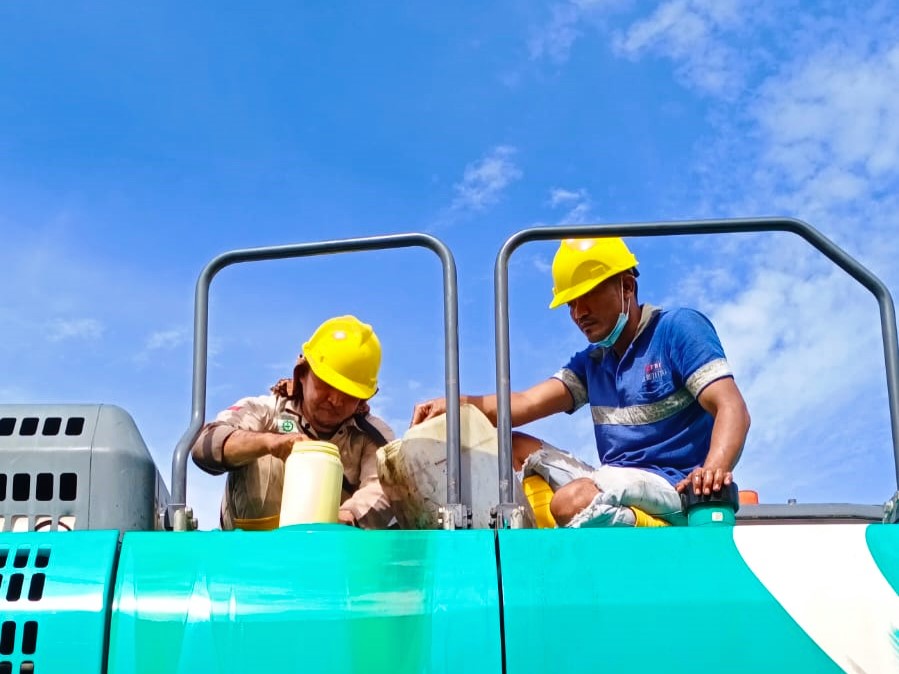Occupational safety is a very important aspect of any work environment. Maintaining the well-being of employees and preventing injuries or accidents is the primary responsibility of the company. A healthy and safe work environment is also an important goal for every company. One of the key steps in creating a safe work environment is to conduct risk identification.
Risk identification is the process of identifying potential hazards, threats, or high-risk situations that can endanger the safety of employees. In this article, we will explain the importance of risk identification in creating a healthy and safe work environment.
1. Preventing Injuries and Accidents
Risk identification allows us to identify potential hazards and high-risk situations in the workplace. By knowing these risks, appropriate preventive measures can be taken to prevent injuries and accidents. Effective preventive measures will help protect employees from serious injury and reduce the risk of loss of life or permanent disability.
2. Increasing Safety Awareness
Risk identification helps improve workplace safety. By involving employees in the risk identification process, they become more aware of the potential hazards and risks they may encounter in their daily work. This heightened awareness of risks will encourage employees to adopt more cautious behaviors, follow safety procedures, and report any hazardous conditions they may encounter.
3. Increase Efficiency and Productivity
A healthy and safe work environment contributes to increased productivity. By identifying these risks, corrective measures and preventive actions can be implemented. This can reduce the incidence of accidents and unexpected work disruptions, which in turn will improve operational efficiency and employee productivity. When employees feel safe and secure in the workplace, they tend to be more focused and perform better.
4. Comply with Legal Requirements
Many countries have strict occupational health and safety regulations that companies must adhere to. By conducting a risk assessment, companies can identify areas where they are not meeting established safety standards and take the necessary corrective measures to comply with these regulations.
5. Minimizing Loss Costs
Workplace accidents can result in significant costs for companies, whether in the form of medical care costs, compensation, or legal sanctions. Risk identification helps companies take preventive actions that can reduce these costs. In addition, by identifying risks, companies can also secure their assets and infrastructure, reducing the risk of material losses due to accidents or damage that can be avoided.

www.pexels.com/photo/man-in-blue-shirt-siting-on-tree-branch-wearing-safety-harness-holding-ropes-on-left-hand-and-chainsaw-in-right-hand-2310483/
